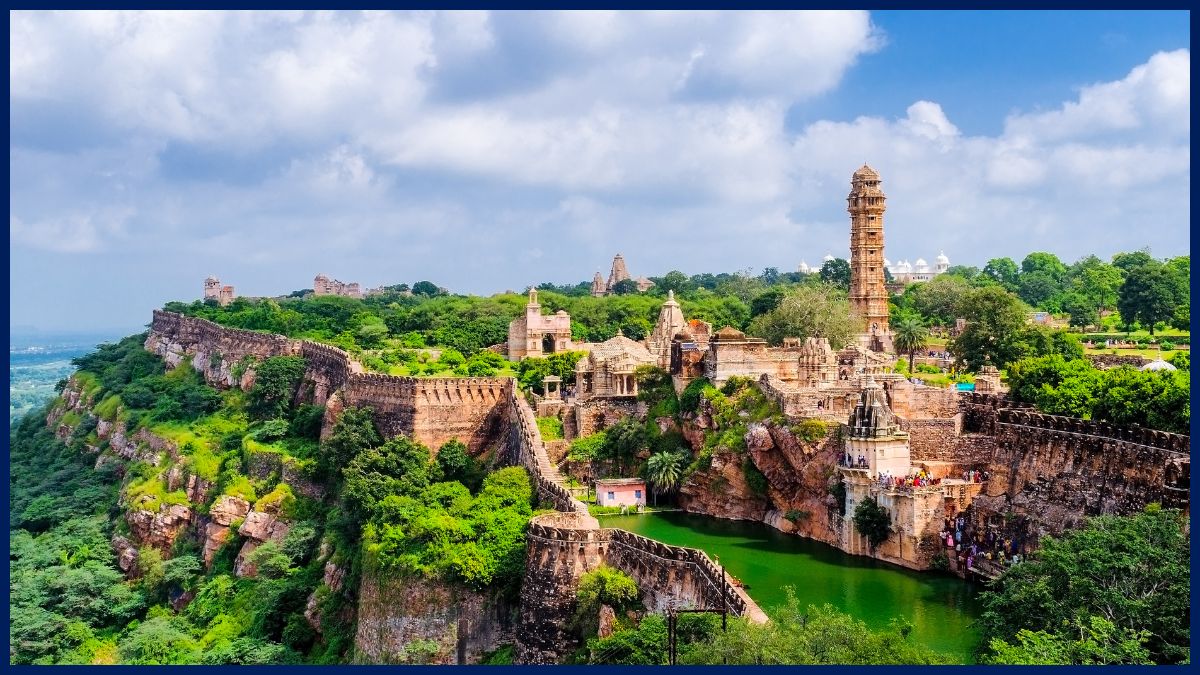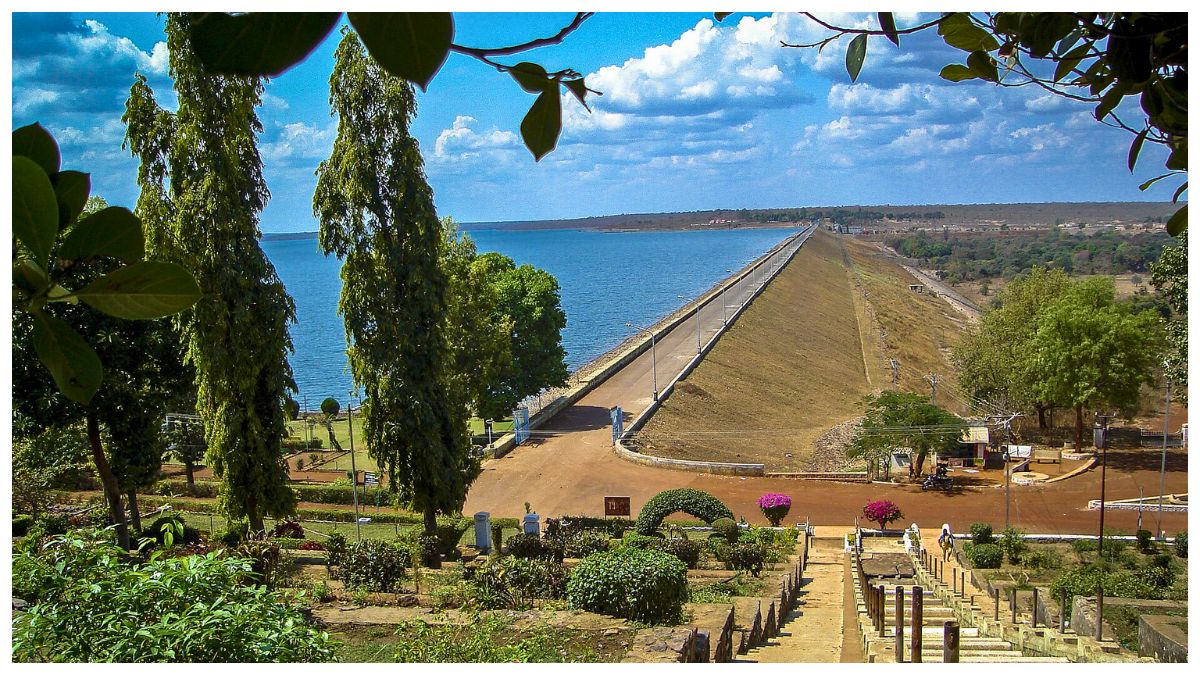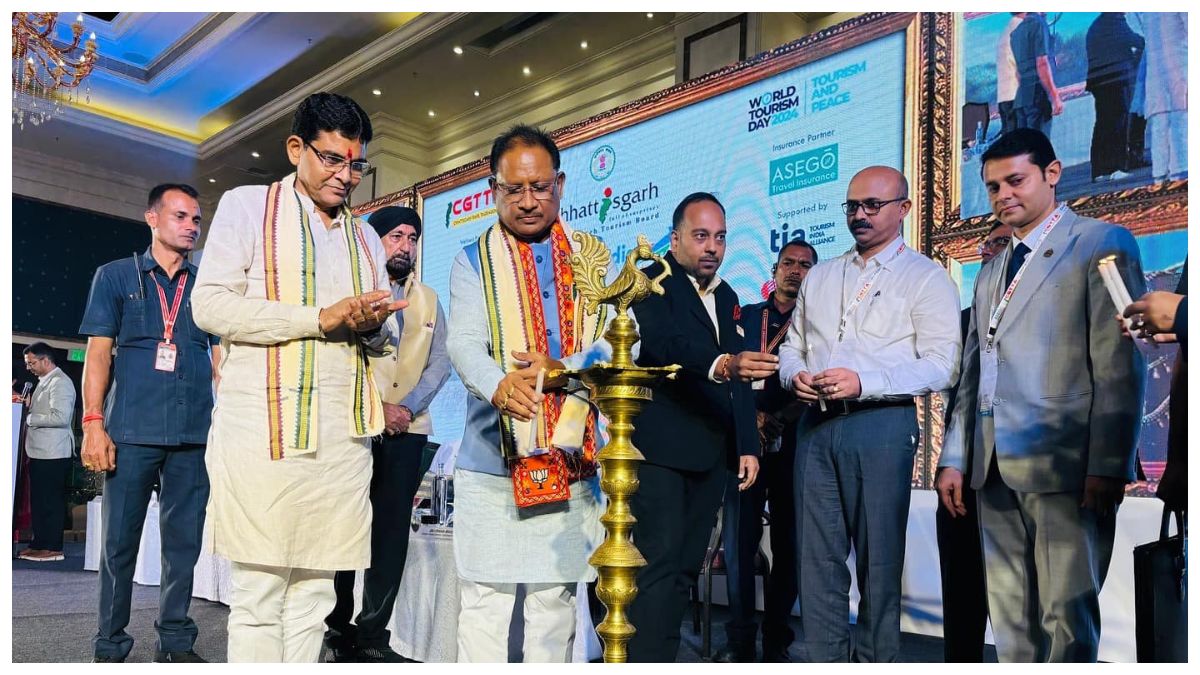Discover Asia’s UNESCO World Heritage Forts
Asia boasts some of the world’s most magnificent and historically significant forts, each steeped in centuries of history and culture. These imposing structures, often perched on hilltops or strategically located, served as strongholds, administrative centers, and symbols of power. Today, they stand as cherished UNESCO World Heritage Sites and top tourist attractions, offering a glimpse into the region’s rich past.
World Heritage Forts – Agra Fort, India
Located in Agra, Uttar Pradesh, Agra Fort was the primary residence of the Mughal emperors until the 17th century. This UNESCO site showcases stunning Mughal architecture, including the Jahangir Palace, Khas Mahal, Diwan-i-Khas, and Musamman Burj, offering a compelling view into India’s royal history just 2.7 km from the Taj Mahal.
World Heritage Forts – Chittorgarh Fort, India
Situated in Rajasthan, Chittorgarh Fort is India’s largest fort, famed for its historical battles and the legendary tale of Rani Padmini. The fort boasts remarkable structures like Rana Kumbha Palace, Vijay Stambha (Victory Tower), and Kirti Stambha (Tower of Fame), showcasing Rajputana grandeur and resilience.
Jaisalmer Fort, India
Known as the Golden Fort due to its yellow sandstone walls, Jaisalmer Fort in Rajasthan remains a thriving urban center within ancient walls. It houses palaces, temples, and residential areas, evoking the vibrant history and culture of the desert kingdom.
Suwon Hwaseong Fortress, South Korea
Built in the late 18th century in Suwon, this fortress blends traditional Korean architectural techniques with modern innovations. A UNESCO gem, it offers visitors a journey through Korean history and strategic military architecture.

Sigiriya, Sri Lanka
Sigiriya, or Lion Rock, is an ancient rock fortress rising dramatically in Sri Lanka’s central plains. Constructed by King Kasyapa in the 5th century, it includes palace ruins, intricate gardens, and mesmerizing frescoes, showcasing the island nation’s rich cultural heritage.
Lahore Fort, Pakistan
Known as Shahi Qila, Lahore Fort is a testament to Pakistan’s Mughal legacy. This UNESCO site features exquisite architecture, including the Sheesh Mahal (Palace of Mirrors) and Alamgiri Gate, highlighting the opulence and cultural fusion of the Mughal era.
Galle Fort, Sri Lanka
Originally constructed by the Portuguese and later expanded by the Dutch, Galle Fort is a UNESCO World Heritage Site in the city of Galle. Its well-preserved ramparts, bastions, and colonial-era buildings offer a glimpse into Sri Lanka’s colonial past and maritime history.
These UNESCO World Heritage forts across Asia not only preserve architectural marvels but also narrate tales of conquests, cultures, and the enduring spirit of the civilizations that shaped them. Visiting these iconic sites promises an enriching journey through history and heritage.






